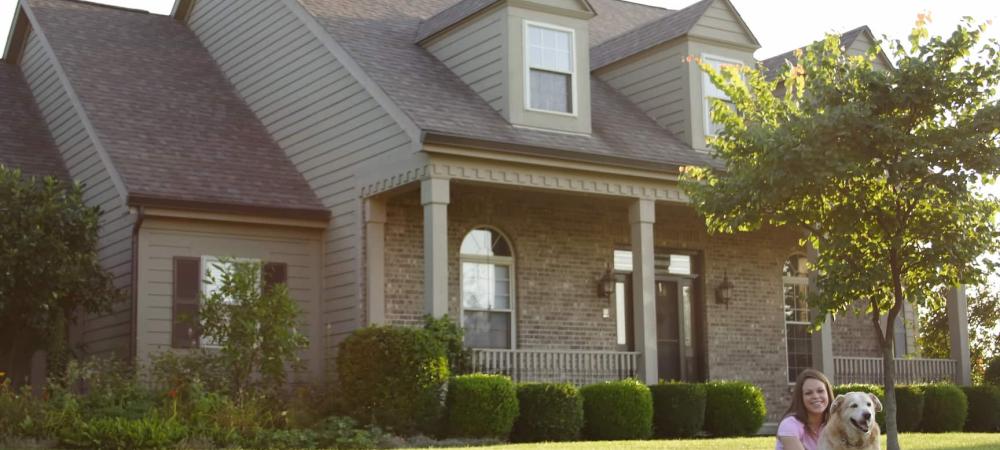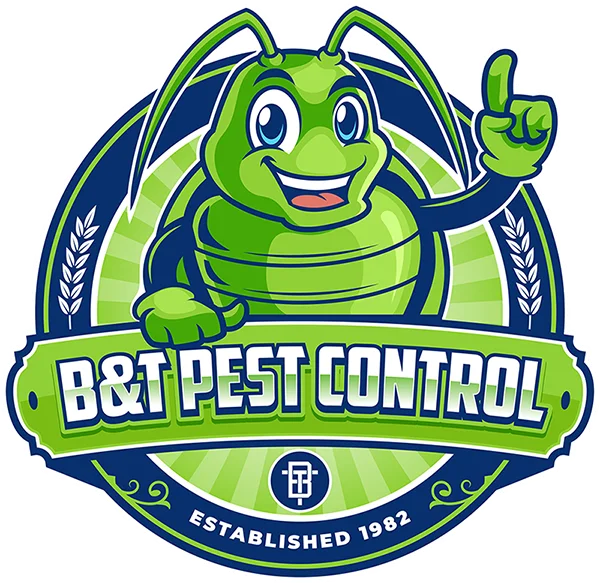The Importance of Exterior Pest Control | Protect Your Home From Outdoor Insects

Today we're diving into the world of exterior perimeter pest control. Whether you're a seasoned tech in the field or a homeowner looking to take matters into your own hands, we've got some valuable insights to share with you. In this blog post, we'll guide you through the essential steps for effective exterior pest control and share some expert tips to make your property pest-free. Remember, inspection is the key to success.
Inspection: The Foundation of Pest Control
The first step in any pest control endeavor is a thorough inspection of your property. Here are some aspect a professional technician will look for during an external home inspection.
Vegetation
Homes can have landscaping and ornamentals in the yards, including edible plants. It's important to remember that you can't treat edible plants. Vegetation can create hiding places for pests and generate waste that attracts ants and other insects.
Stones
Stones around the property, including driveways and sidewalks, can be an attractive hiding spot for insects, especially ants. They love to use these areas as highways to reach your house.
Spider Webs
Spider webs can be a common sight during an inspection. Knocking down spider webs helps eliminate potential hiding spots and reduces pest activity.
Protect Pollinators
Be cautious around flowering plants and bushes. They attract honeybees, essential pollinators. It's crucial to avoid treating these areas to ensure the safety of these valuable insects.
Underneath Stored Items
Stored items around your house, such as flower pots and planters, can create hiding spots for insects. Inspect and treat these areas as needed.
Trash Bin Precautions
When dealing with trash bins, ensure they are positioned away from the house. While ideally, they should be kept clean, at the very least, make sure there's no debris inside that could attract pests.
Pet Considerations
If you have pets, make sure to keep them away from treated areas. Remove food and water bowls, and ensure there's no contamination. Always let treated areas dry before allowing pets to access them.
Outbuildings and Moisture
Don't forget to inspect outbuildings, as they often have higher moisture levels and create ideal conditions for pests like ants, roaches, and earwigs.
Wildlife and Vegetation Concerns
Inspect your property for wildlife issues. Be careful around bird nests and be mindful of vegetation touching your house, as it can serve as a pest highway.
Treatment Methods
It's important to use the right materials and to read labels carefully. The key takeaways from the treatment phase include:
- Treating specific areas, like cracks, corners, and eaves, where pests tend to hide.
- Avoiding over-application while ensuring that the treatment is effective.
- Paying attention to entry points, like vents, plumbing, and electrical receptacles.
- Treating around the foundation and hard surfaces without causing runoff.
- Hitting the grassy areas to combat pests that hide at the edge of the siding.
Granular Treatment
In addition to liquid treatment, there are also granular treatments. There are insecticide granules and bait granules, each with unique applications.
Final Thoughts
After thorough inspection and treatment, you can expect to see some dead bugs and, in some cases, increased pest activity before they die off. Keep your kids and pets inside for a minimum of two hours or until the treatment dries.
For professional pest control inspections and treatments, contact the expert exterminators at B&T Pest Control!
Check out our video below on Exterior Pest Control with DIY tips and more!
